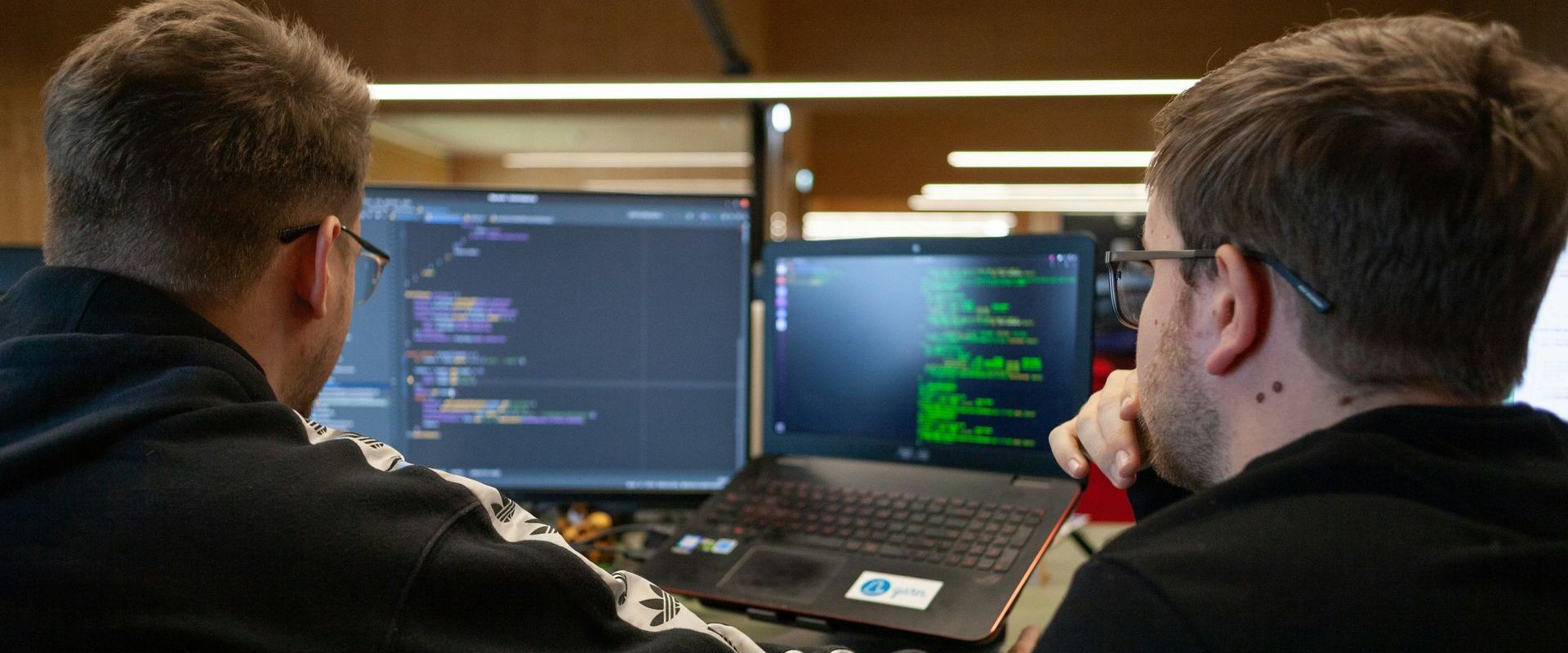
Pair programming isn’t just “two people coding on one screen.” It’s a window into how a team works together, what they value, and how they share knowledge.
It lives or dies not by how it’s done technically, but by how people show up for it. That makes it deeply cultural.
It is the key to succeeding when you extend your team to a different country. A pair programming session can align better the team than hundreds of daily meetings.
1. It’s intentional, not optional
In teams with a pairing culture:
- Pairing is baked into the schedule
- It’s expected, not just "when we have time"
- It's normal to rotate pairs and learn from different people
You can feel the difference — pairing isn’t just tolerated, it’s valued.
2. It shapes how work gets done
In teams with pairing culture:
- Code is often cleaner, because it’s written with two minds
- Fewer bugs slip through, because there’s always a second set of eyes
- Silos disappear, because more people understand more parts of the system
That’s culture: how people do the work — not just what tools they use.
3. It reflects trust and collaboration
Pairing only works when there’s mutual respect. You’re sharing control, thinking out loud, and sometimes making mistakes in front of someone else.
👉 That means your team culture needs psychological safety, not ego.
A culture where people interrupt, dominate, or dismiss others? Pair programming will fail.
A culture where people ask, listen, and grow together? Pair programming thrives.
TL;DR:
Pair programming is culture because it’s not just about writing code — it’s about how people relate, communicate, learn, and build trust while doing the work.
